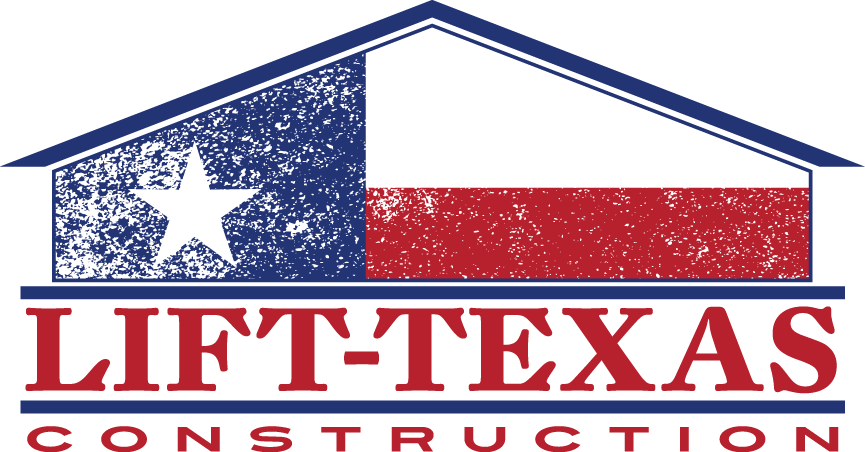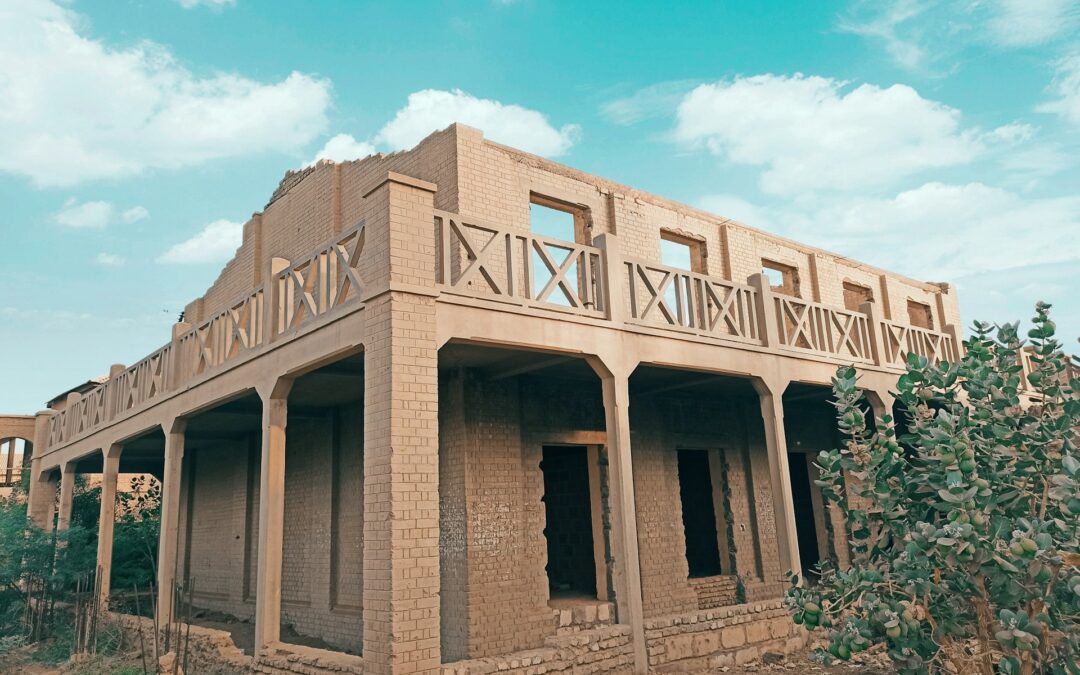Foundation problems can sneak up on homeowners, often starting with small warning signs that many might not notice at first. These issues can become serious headaches if ignored, leading to costly repairs down the road. That’s why it’s important to spot the early signs of foundation issues to prevent them from escalating. Addressing these problems promptly not only saves money but also keeps your home safe and sound.
In places like DFW, where climate shifts are common, knowing how to detect and respond to foundation issues is vital. Changes in weather, particularly from dry spells to heavy rain, can wreak havoc on your home’s foundation. By understanding what to watch for, you can manage these challenges effectively and keep those home foundation repair costs to a minimum.
Identifying Early Warning Signs
Spotting the first signs of foundation trouble can make all the difference in dealing with bigger problems later. Here are some early indicators:
- Small Cracks in Walls: If you see cracks in the drywall or bricks, it’s often a clue that something’s not right below. While not every crack spells disaster, monitoring them closely is wise.
- Uneven Floors: A floor that slopes or feels out of whack can be a sign of foundation movement. You can often feel these shifts when walking through rooms or notice gaps where the floor meets the wall.
- Sticking Doors and Windows: Do you have doors or windows that suddenly become difficult to open? They can signal that your foundation might be shifting, causing the frames to misalign.
- Gaps at the Tops of Windows: As your foundation settles, it might cause gaps to appear above windows, especially if they weren’t there before.
Understanding these early signs and acting quickly can prevent more serious problems. It keeps repair costs from ballooning and offers peace of mind. It’s like catching a small leak before it becomes a flood. Many times, homeowners face bigger expenses because they missed or ignored these minor issues initially. By staying alert to these signs, you’ll save yourself a lot of trouble and avoid more costly repairs.
Recognizing Escalating Foundation Issues
Sometimes, what starts as a minor crack can turn into a serious issue if not kept in check. Recognizing when your foundation problems are getting worse can save your home from irreparable damage. Here’s what you should watch for:
- Wider Cracks: Cracks that continue to widen are a signal that your foundation might be shifting more than usual. These can appear in walls, floors, or even outside on your home’s exterior.
- Significant Wall Bowing: If walls start to bow or lean noticeably, this might mean the soil outside is putting too much pressure on the foundation. It’s more than just something to notice; it’s a sign to take action.
- Noticeable Sloping Floors: When the floors are no longer level, or you start to feel like you’re walking on uneven ground, it’s a clear indication of trouble. This might not just feel awkward but could also suggest deeper foundation issues.
Real-life examples illustrate these scenarios well. Imagine watching a small crack transform into an inch-wide gap over a few months—a compelling reason to examine and repair without delay. Letting these signs go unchecked can make repair costs skyrocket, underscoring why swift action is crucial.
Environmental and Seasonal Impact
DFW’s unique climate plays a big role in the health of your home’s foundation. The hot Texan summers can dry out the soil, causing the foundation to settle unevenly. Then, when heavy rains return, the soil expands. This constant expansion and contraction act like pushing and pulling on your home’s base.
Droughts are not your foundation’s best friend either. During dry spells, the lack of moisture shrinks the clay-rich soils prevalent in this region. This shrinkage leads to what’s called “foundation settlement,” which can spell big problems for your home.
To combat these environmental effects, here are some tips:
1. Water Wisely: Keeping the soil around your home’s foundation consistently moist can prevent it from shrinking excessively during dry seasons.
2. Maintain Proper Drainage: Ensure that water is directed away from your home to avoid water pooling, which can lead to soil expansion and further pressure on your foundation.
3. Inspect Regularly: Routine checks of the perimeter of your house will help catch early signs of trouble related to environmental conditions.
Maintaining Foundation Health
Being proactive about foundation maintenance is key to avoiding serious problems. Regular inspections and upkeep can give you peace of mind and keep repair costs more manageable.
Keeping your home’s foundation healthy involves a few straightforward practices. Regularly check for new cracks or changes in existing ones. Control the moisture levels around your home, and don’t hesitate to follow up on any suspicious changes. Your vigilance in keeping an eye out for the signs mentioned throughout the article can keep your home’s foundation stable and secure. Taking these steps can help preserve the value of your home and ensure it remains a safe and comfortable place for you and your family.
Facing foundation issues can be quite stressful, but seeking expert advice and acting quickly can greatly reduce your home foundation repair cost. At Lift-Texas Construction, we offer a range of solutions to keep your home safe and sound. Explore our foundation repair services in DFW to see how we can assist in maintaining your home’s stability and ensure you’re making informed choices to protect your investment.

